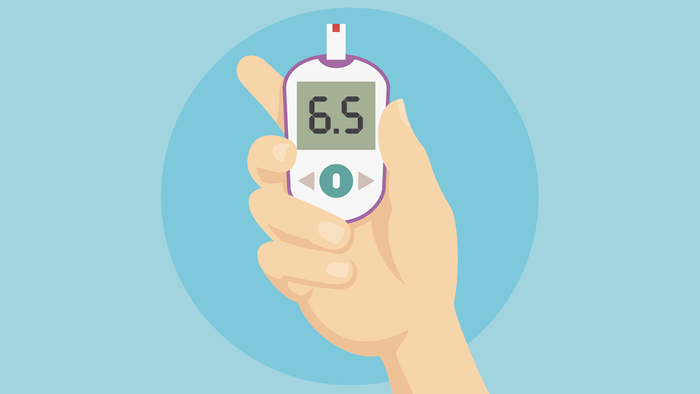
Baby steps to improve diabetes outcomes
You might think blood sugar is hard to control (it is), but there are little things you can do to help improve diabetes symptoms and side effects. A healthy lifestyle does wonders, says registered dietitian Joanne Lewis, director of healthy eating and nutrition programming at Diabetes Canada.
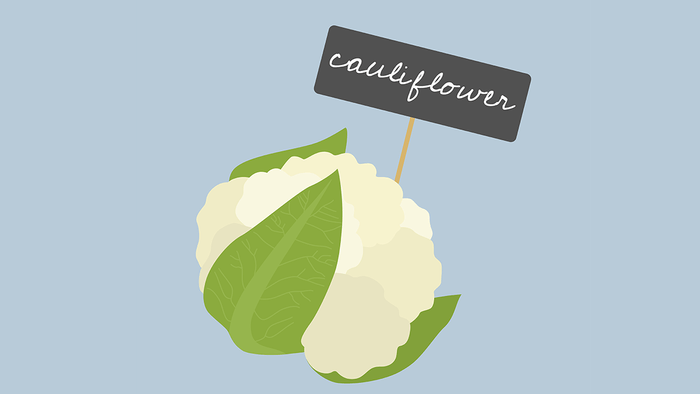
It’s a balancing act
illustration credit: shutterstock
Since how much food you eat at one sitting is important, organize your plate in a way that keeps your portions in check.
Lewis suggests that half your plate is made up of vegetables and that the other half is divided between a starchy food and a protein, complemented by fruit and dairy products at the meal or between meals.
“Where we get into trouble is when we start to combine carbohydrates, such as eating bread and potatoes at the same meal – say, a dinner roll and a baked potato or a burger on a bun and fries,” she explains.
The plate method will also help you be as consistent as possible with your eating habits, advises Lewis. “Eating the same proportion of different food groups at consistent times will help you avoid spikes and drops in blood sugar levels,” she says about how food can improve diabetes.
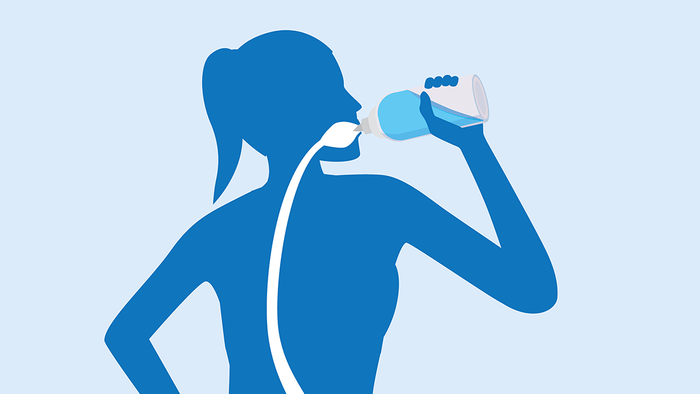
Drink up!
There are a few points to consider when it comes to drinks and diabetes. The first is that you should avoid sugar-sweetened beverages, such as pop, iced tea and lemonade, as much as possible. If you’re looking to stay hydrated, Lewis says that water is the way to go because it’s carb-free.
If you love juice, swapping it for another choice will have a big impact to improve diabetes’ effects on your body. If you can’t give it up, try to reduce the amount you have each time and be sure to drink it with food in your stomach, which will delay the absorption of sugar.
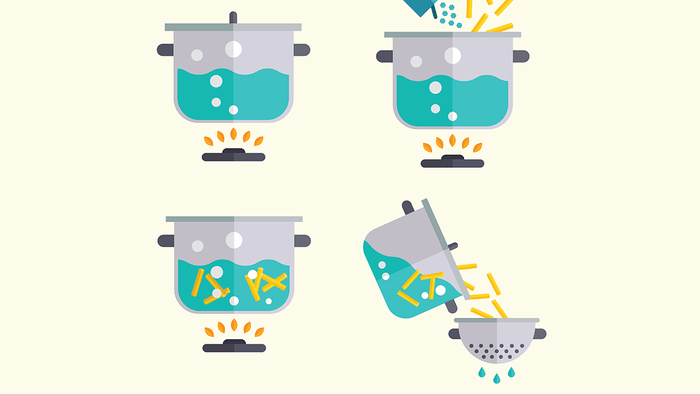
Pasta perk-up
A big plate of pasta can be comforting, but white pasta is heavy on the carbs. Having diabetes doesn’t mean that you have to give it up, but you should be mindful of how much you eat and how you prepare it. One trick you can keep up your sleeve is to cook it al dente.
“Pasta that is cooked a bit firm instead of soft won’t raise blood sugar as high due to its lower-glycemic index,” explains Lewis. You can also try quinoa pasta, which won’t raise your blood sugar as much as pasta with a high-glycemic index. Or opt for a homemade sauce packed with bulky vegetables, as they take up most of the space on your plate, leaving less space for pasta.
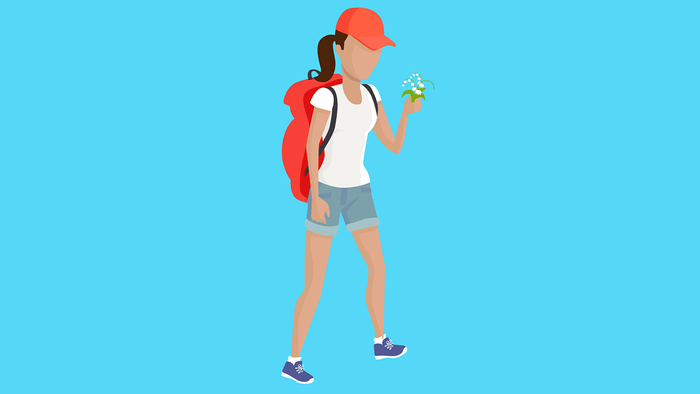
Walk this way
Consider building a walk into your schedule after meals, which can be particularly helpful when you’ve gone over your body’s carbohydrate budget, suggests Lewis. This type of exercise will help you burn off any extra glucose molecules, which will improve diabetes side effects.
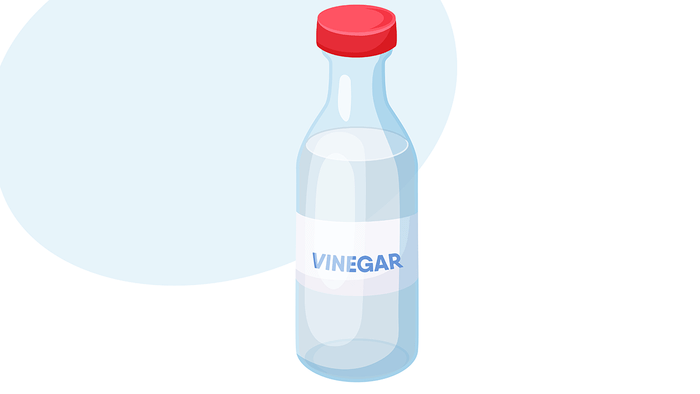
Sour power
To help keep your blood sugar from spiking, add vinegar to your meal or consume a couple of tablespoons of vinegar before you eat, recommends Lewis. Add it to a dressing on potato salad, drizzle it over steamed or sautéed spinach or add red wine vinegar to your tomato sauce.
Check out our recipes that include vinegar as an ingredient.
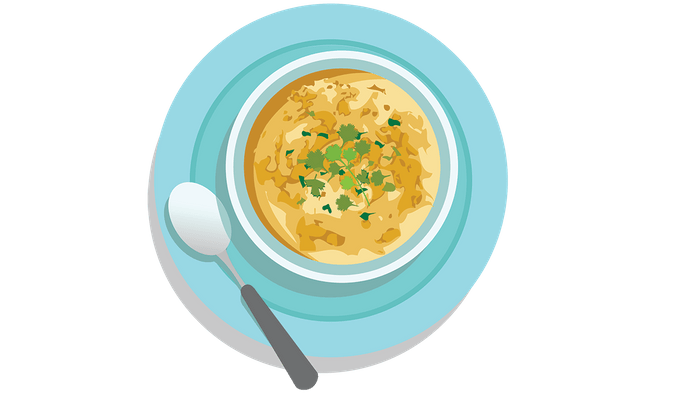
Cool it
Another way to keep pasta and potatoes on the menu is to cool them in the fridge after cooking them, which will reduce the amount they raise your blood sugar, says Lewis. If you’re craving one of these foods, try a recipe like vichyssoise or cold pasta salad.
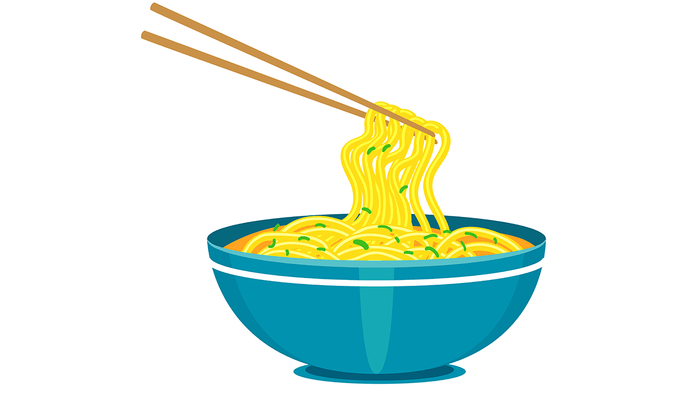
Go low
Explore low-glycemic versions of your favourite foods to improve diabetes symptoms. Buckwheat is a pseudo-cereal that’s a great source of soluble fibre, which helps with glucose absorption. If this ingredient intrigues you, try soba noodles or experiment with buckwheat pancakes or bread.
You could mix and match, too. “Substitute half your ‘starch’ with a low-glycemic-index alternative, such as pulses,” suggests Lewis. Make a batch of beans and rice, but go heavier on the former or cook up a lentil shepherd’s pie.
